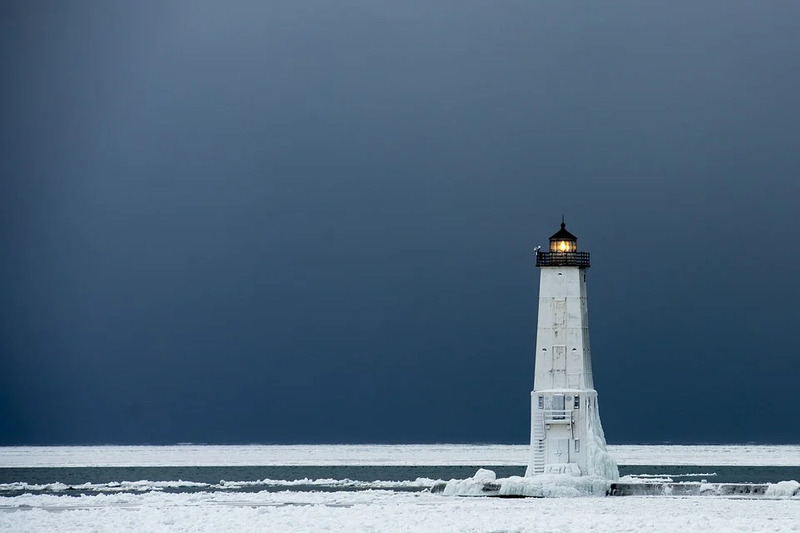More years ago than I care to remember, I packed my meager belongings and relocated from my native Ohio to Indiana. A new job awaited me, along with an education in an issue I hoped never to revisit again – the twice-a-year changing of the clocks.
Indiana was then a stubborn outlier among the United States, in keeping with its bedrock belief that if all the other states were jumping off a bridge, they wouldn’t do it too, because Hoosiers have so much common sense, and are also more change-phobic than your grandfather. With the exception of a few counties, Indiana stayed on Eastern Standard Time year-round. No springing forward, no falling back. Set it and forget it.

At the time I arrived, I thought it was a regional curiosity. I soon learned it could be an enormous pain in the ass.
Half the year, the 11 o’clock news came on at 11, half the year at 10. Half the year we were on New York time, half Chicago time. And the far-western counties that were in the Central Time Zone, near Chicago and Evansville, changed with the rest of the country, so in the summer we were all on the same time, but got out of step again in the fall.
Broadcasters hated it. Farmers loved it. (I soon learned that on any policy question of note in Indiana, farmers swing serious weight. Dairy cows will always have fierce advocates in Indianapolis.) Businesses oriented to a region outside the state, like automotive suppliers to Detroit, had to make the adjustment, while their customers scratched their heads.
But the absolute center of this silliness was along the Ohio River. National publications periodically parachuted into the river town of Vevay, Ind., to file quirky-America stories. Some in the town, the ones with jobs across the water in Kentucky, or in a business tied to passing riverboats, set their clocks to “fast time,” i.e. DST. The rest stuck with “slow time,” or EST, because that was the official, lawful time in the rest of the state.
I left before pro-business Republican Gov. Mitch Daniels cited the disruptions to the economy in an increasingly connected world blah blah blah, and rammed through the law to impose springing forward and falling back on the entire state. I’m sure dairy cows from Fort Wayne to Terre Haute mooed their lamentations, but I was living in Michigan by then, and didn’t hear them.
I also didn’t hear the grousing of the populace, because that was the other thing about Indiana: Residents were almost perfectly divided on the change/don’t change question. Which meant every discussion brought up the same old arguments, and we had them every six months, over restaurant tables and in small talk and on public-affairs shows, until you wanted to blow your brains out. Think Israelis vs. Palestinians, only boring and stupid.
Darkness at 9
So it was with some alarm that I learned there’s a movement afoot in Michigan to put the state on one non-changing time year round. And worse, it would be Daylight Saving Time.
Granted, the scheme has long-shot odds of passing. But in the spirit of the age, I must speak my truth.

Winter is cold, winter is dark, no matter what the clock says. (Photo: Pixabay)
Social media has turned up the volume on personal truth-speaking, and so every spring, we hear the whining of people who can’t adjust to losing an hour of sleep. This is amplified by dubious data, that the “disruption” of the change leads to “well-documented increases in road and workplace accidents, as well as heart attacks," to quote Sen. Jeff Irwin, an Ann Arbor Democrat who has long advocated for this.
Heart attacks? I went looking for reliable data and found the sorts of wildly different numbers that always make me smell bullshit, as well as standard weasel language: “as much as” and “researchers can’t say precisely” and “may” and “could,” etc. It’s the stress, most agree. The stress of losing one hour of sleep, when the obvious preventative -- hey, grandpa, maybe turn in a little earlier the night before? -- is never mentioned.
If this is true, don’t ever let your at-risk relatives travel. God knows what a Palm Springs vacation could end up costing mom and dad, once they’ve crashed the car and collapsed from chest pains. Factor in airport hassles, and it’s a wonder anyone survives, amirite?
Here’s what bugs me, though: I suspect much of this is driven not by concern over anyone’s cardiac health, but from the misguided belief that somehow, staying on DST will make winter less depressing, because it won’t get dark at 5 p.m.
Hmm, well: It’s true that sunset in Detroit on, say, January 6 wouldn’t come at 5:15 p.m., as it did this past year on standard time. It would come at 6:15, whoop-de-do, where are my golf clubs? But sunrise on the same day, under daylight time, would be at 9:01 a.m.
I’m old enough to remember when we tried to cope with the mid-’70s oil shock by going to DST early, in January. It was 1974, and the bill was called the Emergency Daylight Saving Time Energy Conservation Act, signed by President Nixon. A girl walking to my high school at 8 a.m. was hit by a car as she crossed the street. She died. And that was when the biggest distraction in a car was an AM radio. Imagine thousands of children walking to school in full, or near, darkness. A few aren’t going to make it to graduation, because Facebook bitching reached critical mass.
As I tried to tell someone not long ago, daylight in winter at this latitude is like a too-small T-shirt. Yank it down to cover your belly button, and your nipples pop out. Pick your exposure, because the shirt ain’t getting any bigger.
► Support our reporting by becoming a Deadline Detroit member for as little as $3 per month.


 by
by







